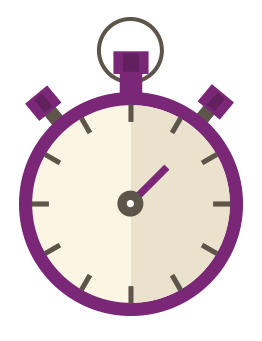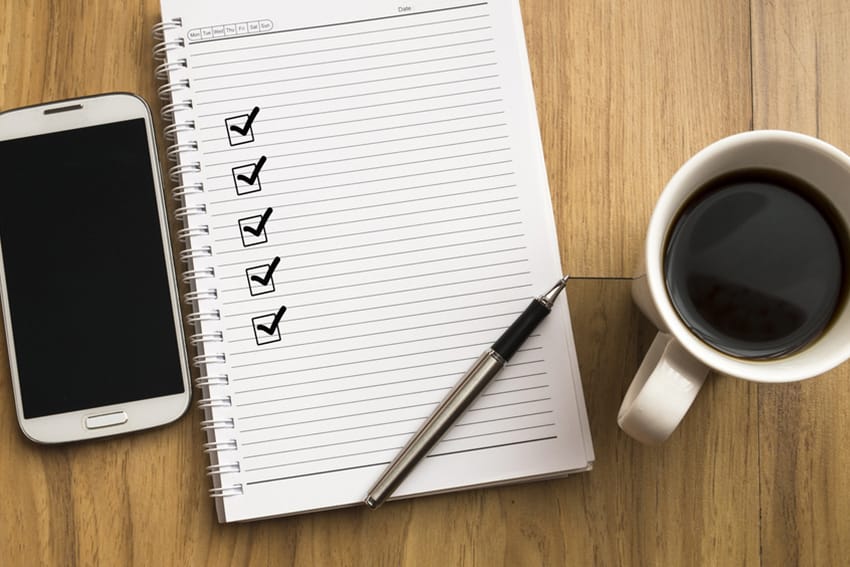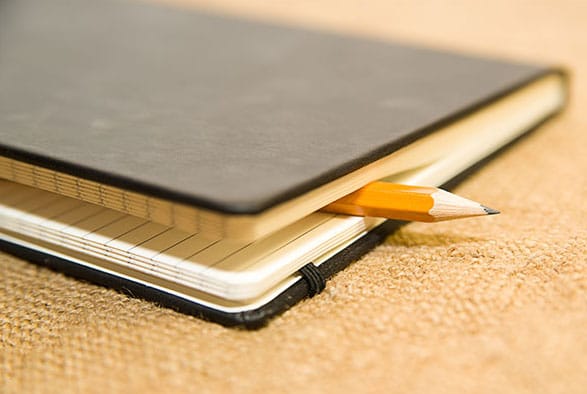For many people with overactive bladder syndrome (OAB), emptying the bladder frequently becomes a habit and the bladder has to be trained to overcome this pattern. Bladder training, which is a form of behavioural therapy, is considered an important part of any OAB treatment programme.8 This simple technique can help the bladder learn to hold more fluid and aims to gradually increase the time between visits to the toilet. This can help you regain control over your bladder, so that it can fill properly and then release urine at a time of your choosing.
Bladder training teaches your bladder to stretch as it fills and it teaches you to ignore the initial urge to visit the toilet. This doesn't happen quickly or easily, but can be very effective.
Over the next few weeks and months you should gradually change your daily schedule of trips to the toilet so that you are slowly building up the time between each trip until you are going to the toilet approximately four to seven times per day.
Part of bladder training involves keeping a ‘bladder diary’ in which you can record when you visit the toilet during the day, as well as what and how much you drink and any times that you have had a leakage.
The diary can help you and your doctor see how often you go to the toilet each day and the longest time between visits. With this information you can gradually increase the time between your trips to the toilet.
For example, if you find you are visiting the bathroom every hour to urinate, try holding on for an additional 15 minutes before you go the next time. You can distract yourself while waiting by doing tasks that are mentally, not physically, challenging such as counting backwards from 100 to one, reading, practising relaxation techniques such as deep breathing, or thinking positive thoughts such as ‘I can control my bladder’.
Once you have mastered controlling the bladder in order to reach the toilet in time, you can start to use the exercises to increase the length of time between your trips to the toilet. This involves slowly increasing the time you wait before going to the toilet.
Keep filling in your bladder diary so that you can map your progress. Your doctor may advise you to combine pelvic floor exercises with bladder training techniques. These have been shown to be very effective for treating overactive bladder symptoms.
A bladder diary is much like a regular diary; it’s a place where you can record your daily experiences. In this instance, the diary helps you to monitor how your bladder is working by keeping track of information such as:
- The amount you drink
- The types of fluid you drink
- When and how often you pass urine during the day and night
- The length of time between toilet trips
- Any strong urges to urinate
- The amount of urine your bladder can hold
A daily bladder diary can help you and you doctor to keep track of your overactive bladder (OAB) symptoms and your improvements. Many people aren’t even sure they’re getting better until they write down their results.
How to complete your bladder diary
Fill in the bladder diary as accurately as possible for three days in the week. The diary is sectioned into 24-hour periods. Write down when you’ve had a drink, and include a description of the drink and how much you consumed. Write down your number of toilet trips in the hour, along with whether your urge to urinate was ‘strong’ or ‘mild’. If you had a wetting accident, make note of it in your diary also.
Your bladder diary may be used in conjunction with bladder training techniques to build up the time between toilet trips in a gradual and controlled manner. For example, if you see from your diary entries that you usually urinate every hour, try distracting yourself with mental activities to delay the next toilet trip by ten or fifteen minutes, gradually lengthening that ‘waiting’ period over the next few weeks and months. This will help stretch your bladder and help you regain control over when you need to pass urine.
You should take your bladder diary with you to your next doctor’s appointment where you can review it together. It will help give your doctor an accurate record of your OAB symptoms, which can be extremely helpful in monitoring your progress and informing any treatment decisions.
It may be useful to complete the diary again if you start medication or another treatment, to monitor the progress and results.






 >
>
